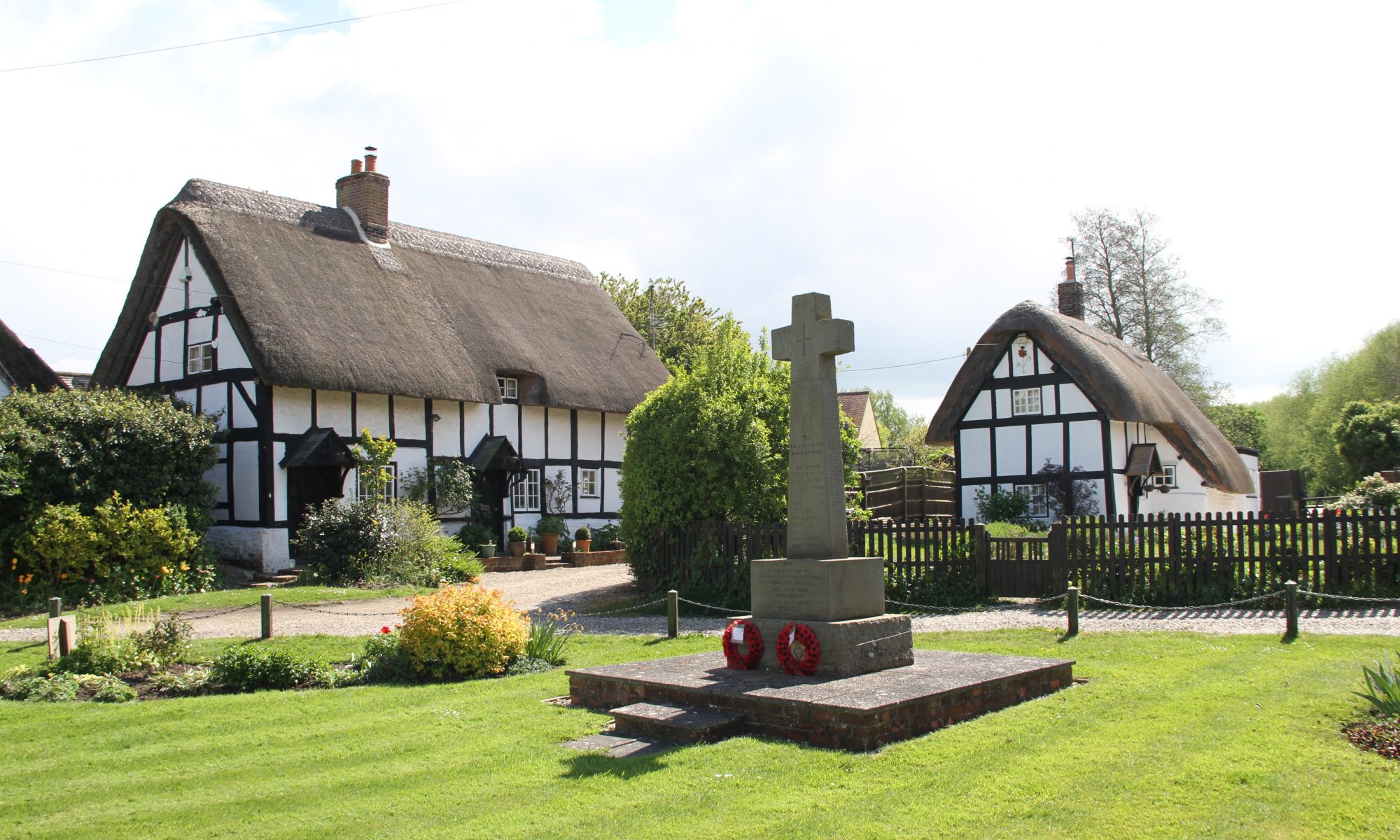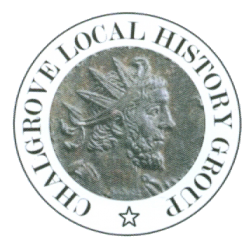Winter 1642
In the winter of 1642 Reading was occupied by the Royalists as the King’s army withdrew from London towards Oxford. The garrison of 2,000 soldiers was commanded by Sir Arthur Aston and were hosted by circa 3,000 reluctant residents. The town walls were strengthened during the winter with stone obtained from Reading Abbey and the town’s defences were further reinforced by a system of ditches, earthworks and forts.
February 1643
Queen Henrietta Maria landed a huge shipment of arms from the continent at Bridlington. The Queen was met by the Earl of Newcastle and taken with the supplies to the safety of York Castle. The Queen was desperate, as was the King, to get this arms shipment to Oxford. However, Sir Ferdinando Fairfax leading the army of the north was a constant threat and his army too strong for the Royalists to attempt moving the convoy to Oxford however much the King desired to be re-united with his Queen.
April 1643
In late March/early April 1643 Prince Rupert headed north through Banbury. He razed Birmingham to the ground on the 3rd April and rode on to Lichfield to retake the town. On 20th April a huge mine was detonated under Lichfield Cathedral causing Parliament’s men to surrender. Before Rupert could consolidate his position he received a desperate message for him to return to Oxford.
On the 6th of April the King received news that the Earl of Essex was advancing on Reading. The siege train of sixteen large guns were at Twyford and Oakingham, near Wokingham on the 12th April. On 14th April, Essex appeared before Reading at the head of an army of 16,000 foot, 3,000 horse and a train of artillery. When he demanded Reading’s surrender, Aston defiantly declared that he would die or starve rather than lay down his arms. Parliamentarian troops swept around the northern outskirts of the town and seized Caversham Bridge to guard against the possibility of reinforcements arriving from Oxford. Gun batteries were set up and Essex established his headquarters at the old moated manor house of Sir John Blagrave at Southcote. On the morning of Sunday 16th April, the Parliamentarian guns opened fire on the town. For two days and nights the artillery on both sides duelled but then abated probably for want of powder.
The defenders were reinforced by 600 musketeers and a supply of ammunition which arrived by boat from Sonning. King Charles sent urgent orders recalling Prince Rupert from the siege of Lichfield in the Midlands to ride to the relief of Reading. On 19th April, Sir Arthur Aston was struck on the head by a falling brick. The wound apparently rendered him unable to speak, so his deputy, Colonel Richard Fielding, took command.
On 25th April, Fielding called a truce and began negotiations for surrender. That same day, a Royalist relief force led by the King and Prince Rupert arrived from Oxford and attacked Caversham Bridge. Fielding refused to break the truce and would not send troops from the town to help. The relief force was driven back and then a tremendous storm broke over their heads which ended the engagement. Terms for surrender were agreed on 26th April. The following day the Royalist garrison marched away to Oxford and Essex’s soldier’s occupied Reading which they plundered for two days before order was restored. Upon his arrival at Oxford Colonel Fielding was court-martialled for surrendering the town and sentenced to death but he was reprieved at the last minute by the intercession of the Prince of Wales and the prompting of Prince Rupert.
The fall of Reading was a serious reverse for the Royalist cause. Oxford came under threat from the Earl of Essex, who was threatening to advance from the south, and Sir William Waller’s army from the west which was active around Gloucester. Fortunately for the King, however, Essex and Waller did not take the opportunity to make a co-ordinated attack on Oxford. After Sir Ralph Hopton’s victory at Stratton in Cornwall, Waller was preoccupied with keeping Hopton from advancing further east. Because of ‘Camp Fever’ contracted through the wet, cold and unsanitary conditions of the siege Essex’s army was unable to march on Oxford. The Royalists desperately short of powder threw up earthworks as a last ditch attempt to defend itself from Essex’s expected onslaught. An assault on Oxford never came because Essex’s forces were so racked with disease they were in no condition to march or fight.
Prince Rupert’s failed attempt to reach York prompted the Earl of Newcastle, the commander of the Royalist forces in the north to make plans to get the convoy to Oxford. Clarendon wrote of Newcastle’s dilemma:
‘whether to march with the Queen & so joyne with ye King, or If he march’d up, his army would give a gallant addition to ye King’s, but if he left ye country in my Ld Fairfax his power, & it might be he should have him march in rear of him.’
Newcastle held a council of war with his leading officers and resolved on ‘sending some forces only with ye Queen, & try ye mastery with my Ld Fairfax‘.
May 1643
On the 16 May the first of the two forces sent by Newcastle under Colonel Thomas Pinchbeck with 1.000 men and 136 barrels of gunpowder, arrived at Oxford.
‘First Newbury 1643 – The Turning Point’, Keith Roberts and Graham Turner
On the 16th May Col. Thomas Pinchbeck arrived in Oxford from York with 136 barrels of gunpowder and 1,000 fresh troops. Essex’s army was still in Reading unable to move which left Oxfordshire, Buckinghamshire, Hertford, Middlesex open to Royalist attack. Vast stores of pillaged goods were brought back to Oxford and large sums raised by ransoming important Parliamentarians. Towns ever closer to London were coming under attack which prompted the Committee of Safetie into action.
June 1643
On the 4 June the second force sent by Newcastle, accompained by the Queen herself, left York bound for Oxford. The Queen’s convoy reached Newark on 16 June, stayed there until the 30 June and arrived at Oxford on 14 July.
At the beginning of June Essex’s army was in a most ragged state. Death stalked Essex’s army, desertions were rife and regiments for want of provisions refused to obey orders. In this confusion Essex was ordered to put his army between Oxford and London and the army made ready to march to Thame. On the way to Thame some of the army passed through the village of Ewelme and the story is still told how one man, Francis Martyn, gallantly fought off a mob of Puritans who were hell bent on defacing and destroying the paintings, windows and icons in Ewelme church (To read more click here).
By the 10th of June Essex had set up his headquarters in Thame, with his diseased army spread loosely in the surrounding villages. For instance Col. John Hampden’s regiment took up quarters in Watlington and the surrounding countryside, whilst Col. John Hampden as 2iC is with Essex in Thame. Scout Master General Sir Samuel Luke was to bring The Bedfordshire levies and quarter them at Chinnor.
Col. John Urry, a Scottish mercenary, turned coat presented himself to King Charles. He briefed Prince Rupert of the state of Essex’s army, its loose quarters and how the troops were spread round the villages and hamlets of Thame. He also told the Prince that a pay convoy was due in Thame around the 18th June.

